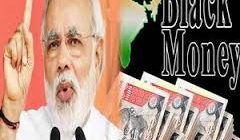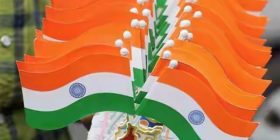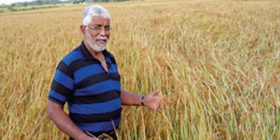India accounted for the largest number of poor people in any country in 2012, but its poverty rate was lowest among countries having large number of poor population, the World Bank said in a latest report, which uses a revised methodology for measuring poverty.
“India was home to the largest number of poor in 2012, but its poverty rate is one of the lowest among those countries with the largest number of poor,” the multilateral lending institution said in a report titled Ending Extreme Poverty and Sharing Prosperity: Progress and Policies.
According to the report released on Monday, the number of people living in extreme poverty around the world is likely to fall to under 10% of the global population in 2015, as it gave fresh evidence that a quarter-century-long sustained reduction in poverty is moving the world closer to the historic goal of ending poverty by 2030.
The Bank used an updated international poverty line of $1.90 a day, which incorporates new information on differences in the cost of living across countries (the PPP exchange rates).
The new line preserved the real purchasing power of the previous line (of $1.25 a day in 2005 prices) in the world’s poorest countries. Using this new line (as well as new country-level data on living standards), the World Bank has projected that that global poverty will have fallen from 902 million people or 12.8% of the global population in 2012 to 702 million people, or 9.6% of the global population, this year.
Poverty line is an income threshold below which families are considered poor. India’s official poverty line had snowballed into a major political controversy.
Last year, a study by a panel headed by former chairman of the Prime Minister’s Economic Advisory Council, C Rangarajan, estimated that 363 million, or 29.5% of India’s 1.2-billion people lived in poverty in 2011-12. The Rangarajan panel considers people living on less than Rs 32 a day in rural areas and Rs 47 a day in urban areas as poor.
A panel headed by late economist Suresh Tendulkar fixed the poverty line at an income threshold of Rs 27.2 a day in rural areas and Rs 33.3 in cities.
“This is the best story in the world today — these projections show us that we are the first generation in human history that can end extreme poverty,’’ said Jim Yong Kim, World Bank Group president.
He, however, cautioned that with slowing global economic growth, and many of the world’s remaining poor people living in fragile and conflict-affected states, the goal to end extreme poverty remained a highly ambitious target.

Please follow and like us:




Leave a reply